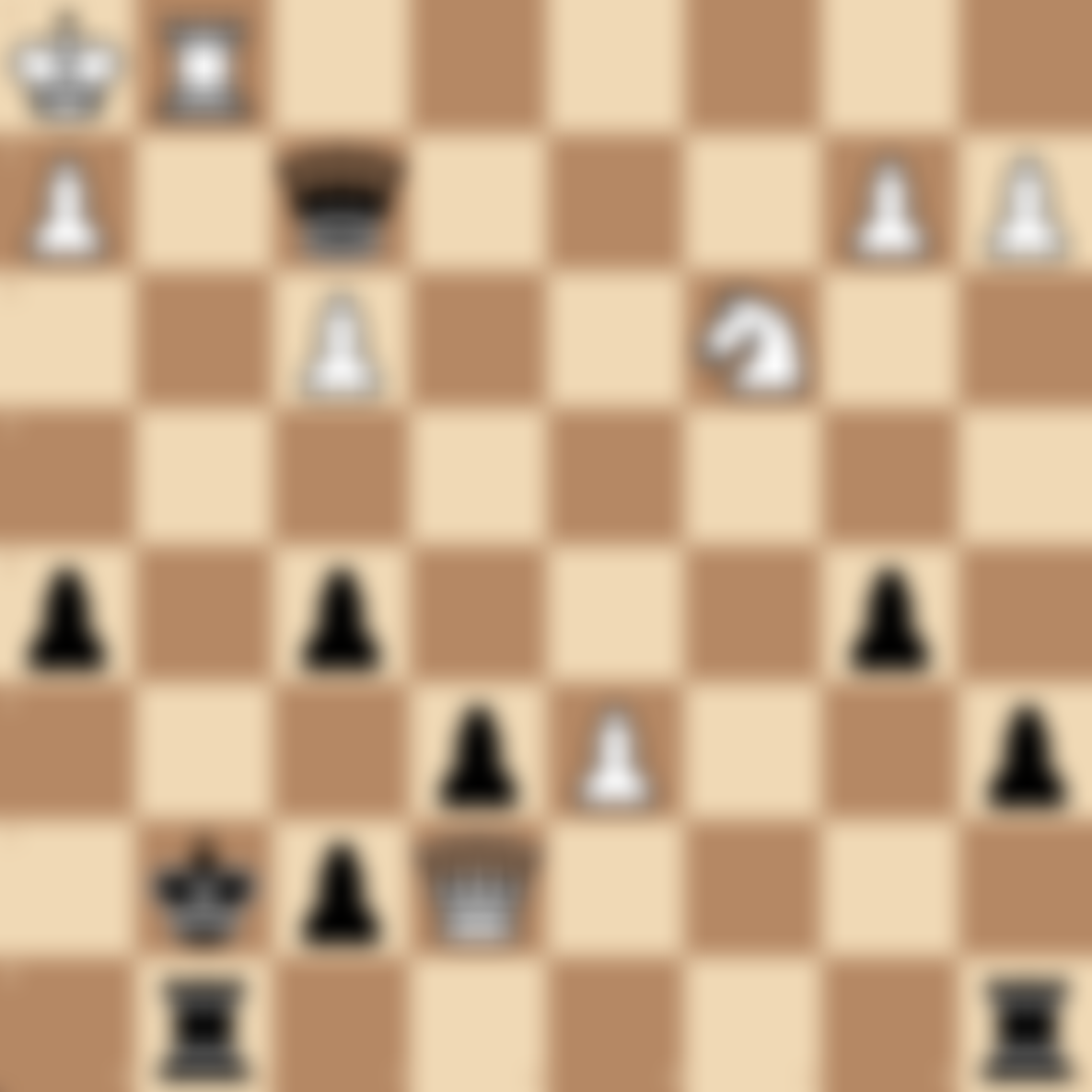The Windmill Tactic in Chess: A Powerful Attacking Pattern
Table of Contents
- Introduction
- What is the Windmill Tactic?
- How the Windmill Tactic Works
- Key Elements of a Windmill
- Famous Windmill Examples
- Setting Up a Windmill
- Defending Against a Windmill
- Variations of the Windmill
- Practice Windmill Puzzles
- FAQs
Introduction
The windmill tactic is one of the most spectacular and devastating attacking patterns in chess. At chesspuzzles.io, we've created this comprehensive guide to help you understand, recognize, and execute the windmill tactic in your games. Whether you're an intermediate player looking to add this powerful weapon to your arsenal or an advanced player aiming to refine your tactical skills, this guide will provide valuable insights into the art of the windmill.
What is the Windmill Tactic?
The windmill tactic, also known as the "Windmill Attack" or simply "The Windmill," is a chess combination where a piece (usually a rook or bishop) repeatedly gives check to the enemy king while simultaneously capturing enemy pieces. The name comes from the visual similarity to a windmill's rotating blades as the attacking piece moves back and forth.
Understanding the windmill tactic is important for:
- Delivering devastating attacks
- Creating tactical opportunities in seemingly equal positions
- Appreciating the beauty and complexity of chess combinations
How the Windmill Tactic Works
- The attacking piece gives a check to the enemy king.
- The king is forced to move to a specific square.
- The attacking piece captures an enemy piece or pawn.
- The attacking piece returns to give check again, restarting the cycle.
This process repeats, allowing the attacking side to win material or even deliver checkmate.
Key Elements of a Windmill
- An exposed enemy king
- A powerful long-range piece (usually a rook or bishop)
- Multiple enemy pieces or pawns in the path of the windmill
- A square where the enemy king is forced to move repeatedly
Famous Windmill Examples
- Torre vs. Lasker (1925): The most famous windmill in chess history
- Boden vs. Schulder (1853): An early example of the windmill tactic
- Rotlewi vs. Rubinstein (1907): A complex windmill combined with other tactical motifs
Setting Up a Windmill
- Look for positions where the enemy king is exposed or can be exposed.
- Identify potential checking squares for your long-range pieces.
- Create or exploit pins that prevent the enemy from blocking the checks.
- Calculate the sequence carefully, ensuring the king has only one legal move each time.
- Be aware of potential defensive resources that could interrupt the windmill.
Defending Against a Windmill
- Recognize the potential for a windmill early and take preventive measures.
- Keep your king protected, especially in endgames with long-range pieces.
- Avoid positions where your pieces can be pinned along the same line as your king.
- Look for ways to interpose pieces or give your king an escape square.
- If a windmill is unavoidable, try to minimize material loss or find counterplay.
Variations of the Windmill
- Double Windmill: Two pieces alternate giving checks and capturing material.
- Partial Windmill: The windmill pattern is used for a limited number of moves.
- Windmill Checkmate: The windmill pattern leads directly to checkmate.
Practice Windmill Puzzles
Improve your ability to spot and execute windmill tactics with our collection of specially designed puzzles on chesspuzzles.io:
Try our Windmill Tactic Puzzles on chesspuzzles.io now
These interactive puzzles will help you recognize the patterns and calculate the sequences necessary to execute stunning windmill combinations.
FAQs
Q: How often does the windmill tactic occur in professional chess games? A: The full windmill tactic is relatively rare in professional play due to its specific requirements. However, partial windmills or threats of windmills occur more frequently and can be powerful tactical motifs.
Q: Can any piece execute a windmill tactic? A: While theoretically possible with any piece, windmills are most commonly executed with rooks or bishops due to their long-range capabilities. Queens can also create windmills, but this is less common as it's usually more efficient to use the queen for direct attacks.
Q: Is it worth sacrificing material to set up a windmill? A: In many cases, yes. The windmill can often win back the sacrificed material and more. However, careful calculation is necessary to ensure the sacrifice leads to a favorable outcome.
Master the art of the windmill tactic to add a spectacular weapon to your chess arsenal! Ready to test your skills? Try our Windmill Tactic Puzzles on chesspuzzles.io now and learn to create these devastating attacking patterns in your own games.
